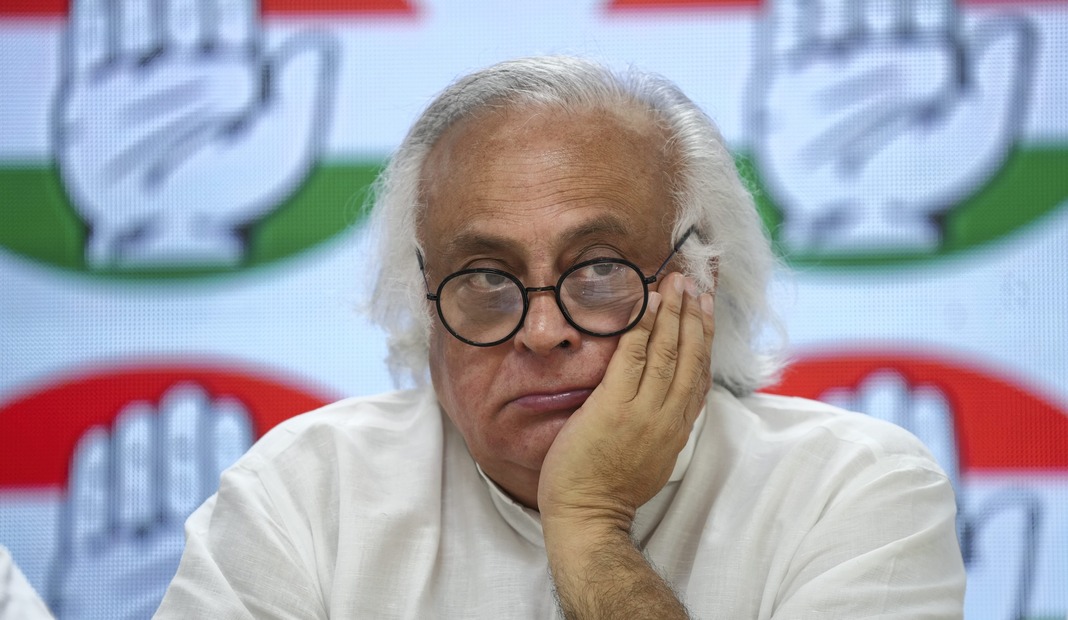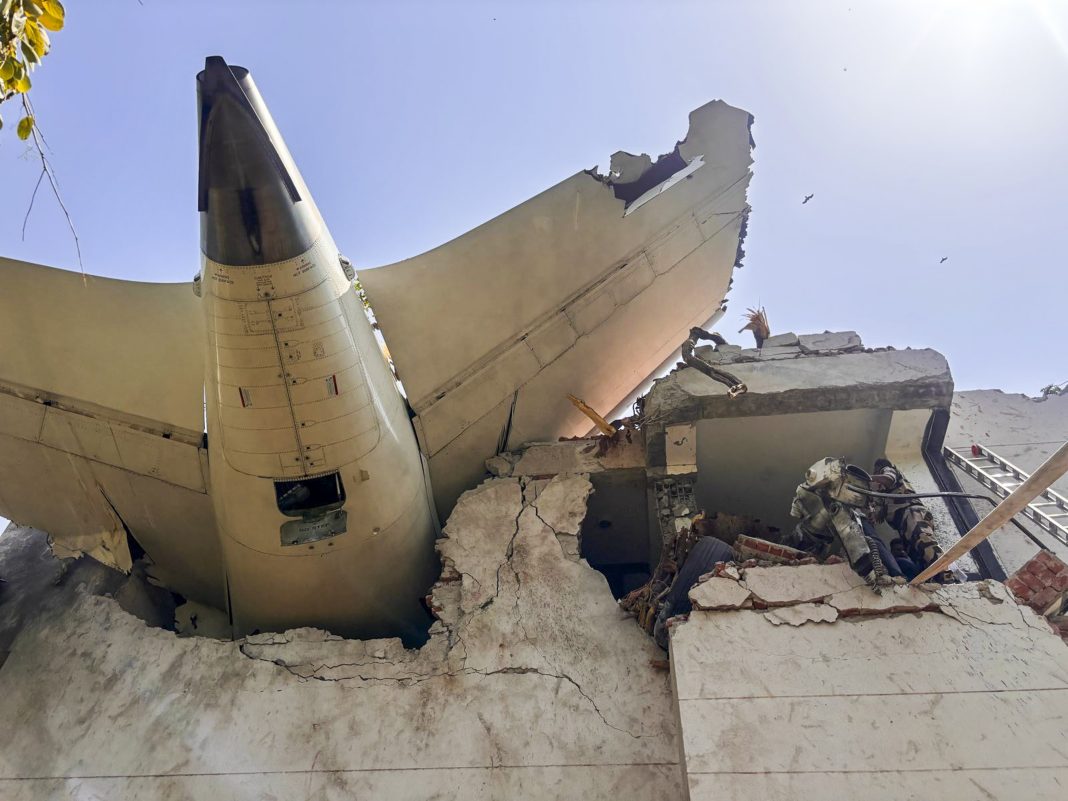
New Delhi, July 13: With the government exempting about 78 cent per cent of coal-fired plants from installing key anti-polluting systems, Congress leader Jairam Ramesh on Sunday said the Environment Ministry’s rationale for the policy is based on “faulty premises”.

He asserted that the government’s policymaking will continue to be driven by “flawed metrics” in the absence of the National Ambient Air Quality Standards (NAAQS) revision.
The former environment minister attacked the government after the central government once again extended the deadline for coal-based thermal power plants to comply with sulphur dioxide emission norms and fully exempted those located away from critically polluted areas or cities with a population of over one million.

“The Modi Government has already achieved the dubious distinction of having made India the global leader in sulphur dioxide emissions. Now we learn that the Environment Ministry has exempted 78-89% of India’s thermal power plants from installing flue gas desulphurisation (FGD) systems that cut sulphur dioxide emissions,” Ramesh said in a post on X.
This is after the deadline for installing FGD systems, initially slated for 2017, was repeatedly pushed, the Congress general secretary said.
Sulphur dioxide is a direct threat to public health and has also been known to impact cloud formation, disrupting the monsoon that is the lifeline of the Indian economy, Ramesh said.
“More damagingly, research has increasingly shown that a large part of India’s ambient PM2.5 (fine particulate matter of diameter less than 2.5 mm) is attributable to secondary particulate matter formed when sulphur dioxide reacts with other compounds,” he said.
Estimates suggest that anywhere between 12 per cent to 30 per cent of PM2.5 is attributable to such sulphur dioxide compounds, he said.
“The Ministry’s rationale for this policy is based on two faulty premises. The Ministry had earlier amended the focus of the National Clean Air Program (NCAP) to focus largely on PM10 emissions (particulate matter of less than 10mm diameter).
“PM10 is a lot less dangerous to human health than PM2.5 but is more obviously visible and somewhat easier to tackle, since it includes elements such as road dust.” he said.
By choosing to turn a blind eye towards PM2.5 in its policymaking, the ministry has consigned us to many years more of our ongoing public health crisis – and this decision to tolerate sulphur dioxide compounds is only set to exacerbate this trend, he said.
“The Ministry claims that sulphur dioxide levels in India are largely within the limits of the National Ambient Air Quality Standards (NAAQS). As we have repeatedly pointed out, the NAAQS were last updated in 2009, when the prevailing levels of particulate matter and emissions were of a decidedly lower order of magnitude, and when the catastrophic public health consequences of particulate matter were not known, Ramesh said.
A revision of the NAAQS therefore is long due,” he added.
In the absence of such a revision, the ministry’s policymaking will continue to be driven by flawed metrics, Ramesh said.
India established stringent sulphur dioxide emission standards for coal-based power plants in December 2015, requiring compliance within two years.
Even after multiple extensions, 92 per cent of coal-fired power plants have not yet installed flue gas desulphurisation units to control SO2 emissions, a major air pollutant that converts into fine particulate matter (PM2.5) and causes a range of diseases.
In a notification dated July 11, the Environment Ministry said the compliance deadline for Category A plants, located within a 10-km radius of the National Capital Region or cities with a population of over one million, has been extended from December 2024 to December 2027.
Category B plants, situated within a 10-km radius of critically polluted areas or non-attainment cities, will now be assessed on a case-by-case basis instead of adhering to the earlier 2025 deadline.

Category C plants — all others not falling under Category A or B — have been completely exempted from the sulphur dioxide norms, provided they meet the prescribed stack height criteria by December 31, 2029. These plants were earlier required to comply by December 2026.
Of around 600 thermal power units in India, 462 are Category C units and 72 are Category B units.
The ministry said it received many representations seeking exemption or relaxation in the timelines of the emission standards due to factors such as the “limited availability of technology providers, its techno-economic feasibility, negative impact of COVID-19 pandemic on supply chain, price escalation due to high demand and low supplies, low SO2 concentration in ambient air and heavy burden on consumer due to increase in electricity prices etc”. (PTI)




